Canada City & Culture

Tourism Sites
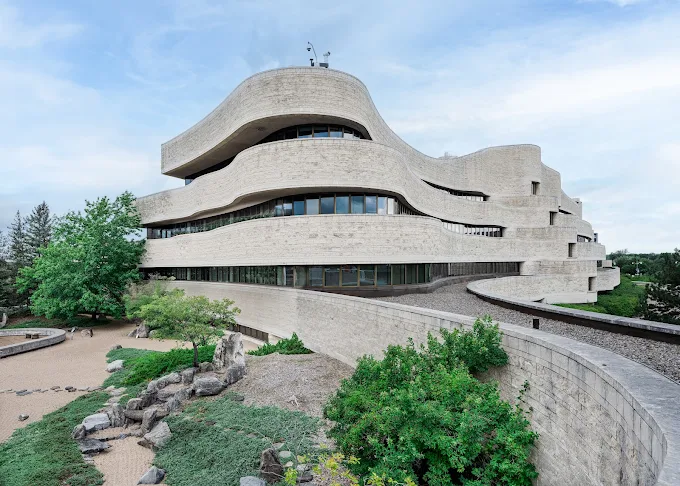
Canadian Museum of History
🧠 Fact: Offers fascinating exhibits about Canada’s history and culture.
💡 Tip: Don’t miss the Canadian History Hall, which is interactive and engaging
Info - Situated across the Ottawa River in Gatineau, the Canadian Museum of History is the country’s most-visited museum. Its striking architecture and world-class exhibits chronicle over 20,000 years of human history in Canada, from Indigenous cultures to modern achievements. Highlights include the Grand Hall, adorned with towering totem poles and Indigenous art, and the Canadian History Hall, which explores pivotal national moments. Visitors appreciate its interactive displays, children’s museum, and riverfront views of Parliament Hill. The museum offers an insightful, engaging experience into Canada’s diverse cultural heritage and evolving national identity.
- 📍 Canada , Ottawa
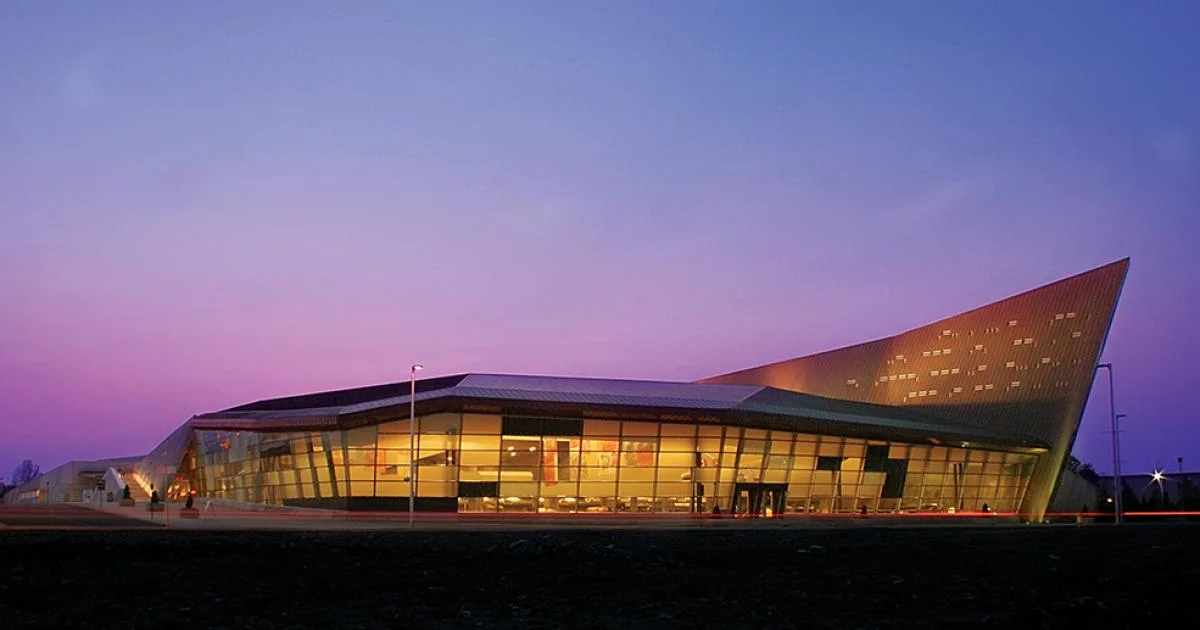
Canadian War Museum
🧠 Fact: A must-visit for military history enthusiasts, showcasing Canada’s role in past wars.
💡 Tip: Spend time in the Peacekeeping exhibit for a unique perspective on history.
Info - The Canadian War Museum in Ottawa offers a powerful, thoughtful exploration of Canada’s military history. Through artifacts, personal stories, vehicles, and multimedia exhibits, it covers conflicts from early Indigenous warfare to present-day missions. Its dramatic, award-winning architecture reflects the themes of conflict and remembrance. Highlights include the LeBreton Gallery’s tanks and aircraft, the Memorial Hall, and extensive World War exhibits. Visitors are moved by its human-centered approach, honoring soldiers and civilians affected by war. The museum is a must-visit for history enthusiasts and anyone seeking deeper insight into Canada’s role in global conflicts.
- 📍 Canada , Ottawa
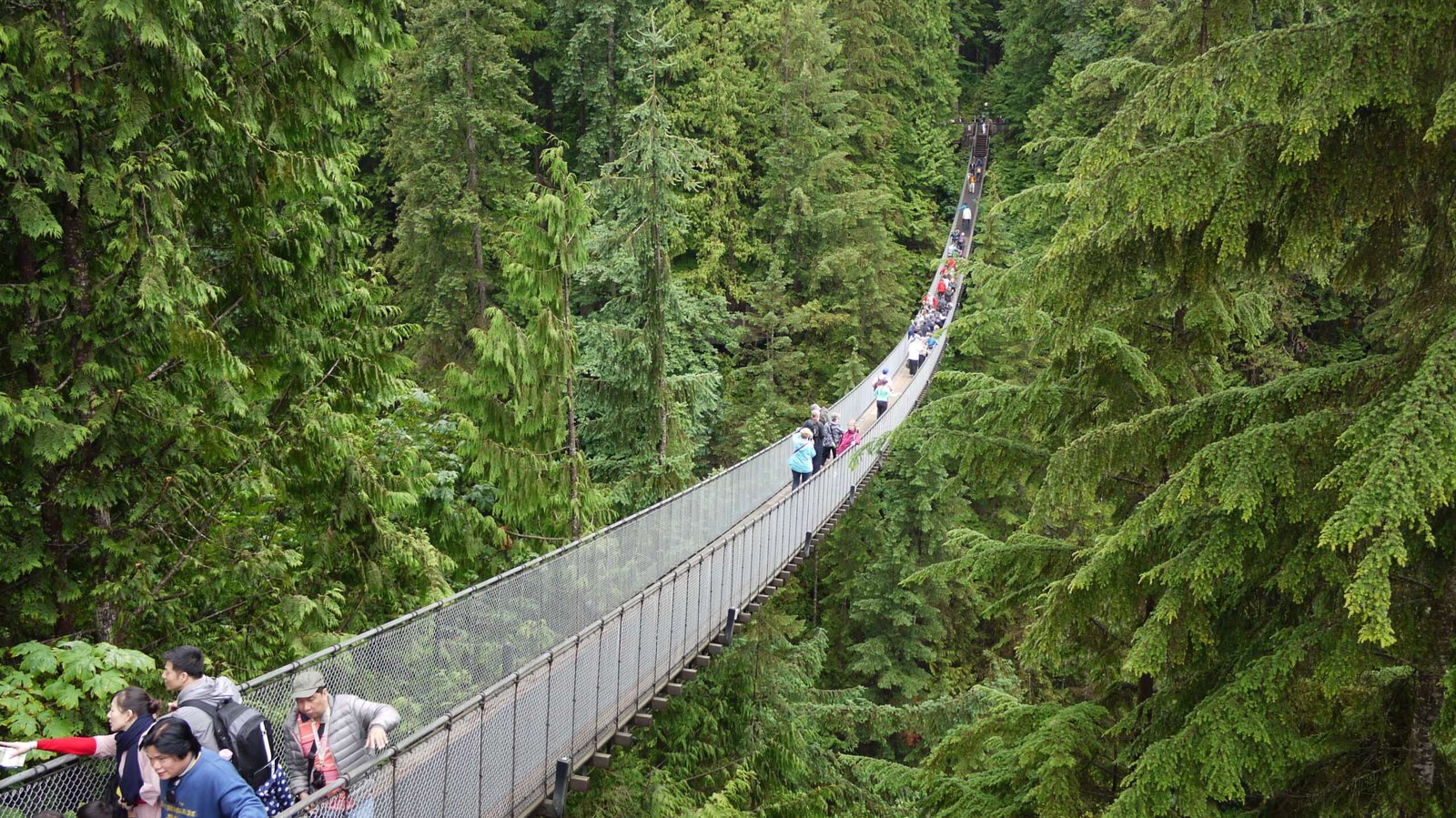
Capilano Suspension Bridge
🧠 Fact: : A 137-meter-long suspension bridge offering breathtaking views of the surrounding forest.
💡 Tip: Explore the Treetop Walkway for a unique perspective of the forest canopy.
Info - A thrilling walk above the treetops, the Capilano Suspension Bridge stretches 137 meters across and 70 meters above the Capilano River in North Vancouver. Originally built in 1889, it remains one of British Columbia’s most popular attractions. Beyond the main bridge, the park features the Cliffwalk — a glass-floored pathway clinging to a granite cliff — and the Treetops Adventure, a network of smaller suspension bridges between towering evergreens. It’s an exhilarating experience that combines natural beauty, indigenous art installations, and adrenaline-inducing heights, making it a must-visit for nature lovers and thrill-seekers alike.
- 📍 Canada , Vancouver
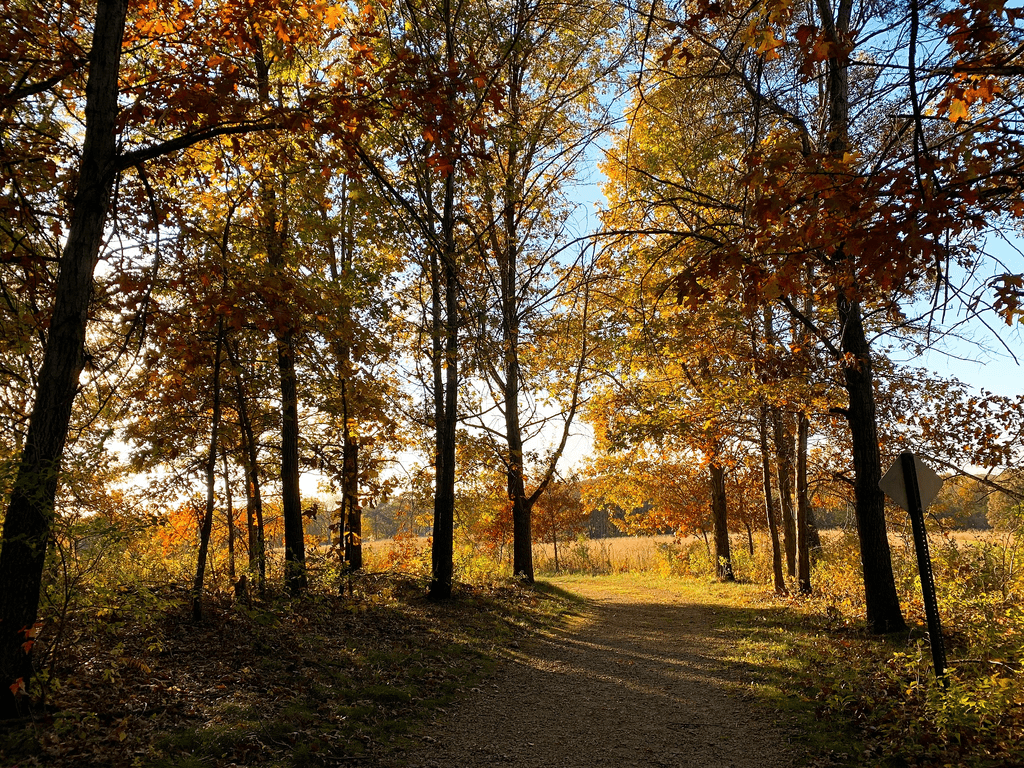
Carleton University Arboretum
🧠 Fact: A peaceful spot with 3 km of walking trails and a variety of plant species.
💡 Tip: Perfect for a relaxing stroll or nature photography.
Info - Tucked within Ottawa’s Carleton University campus, the Carleton University Arboretum is a serene, green sanctuary by the Rideau River. Spanning 34 acres, it features collections of native and ornamental trees, wildflower meadows, and walking trails perfect for a peaceful escape from the city bustle. The arboretum serves as both a research site for students and a public green space for nature lovers, birdwatchers, and photographers. In every season, from spring blooms to autumn foliage, it offers a natural retreat for reflection and quiet strolls, making it a hidden gem for visitors and locals alike.
- 📍 Canada , Ottawa
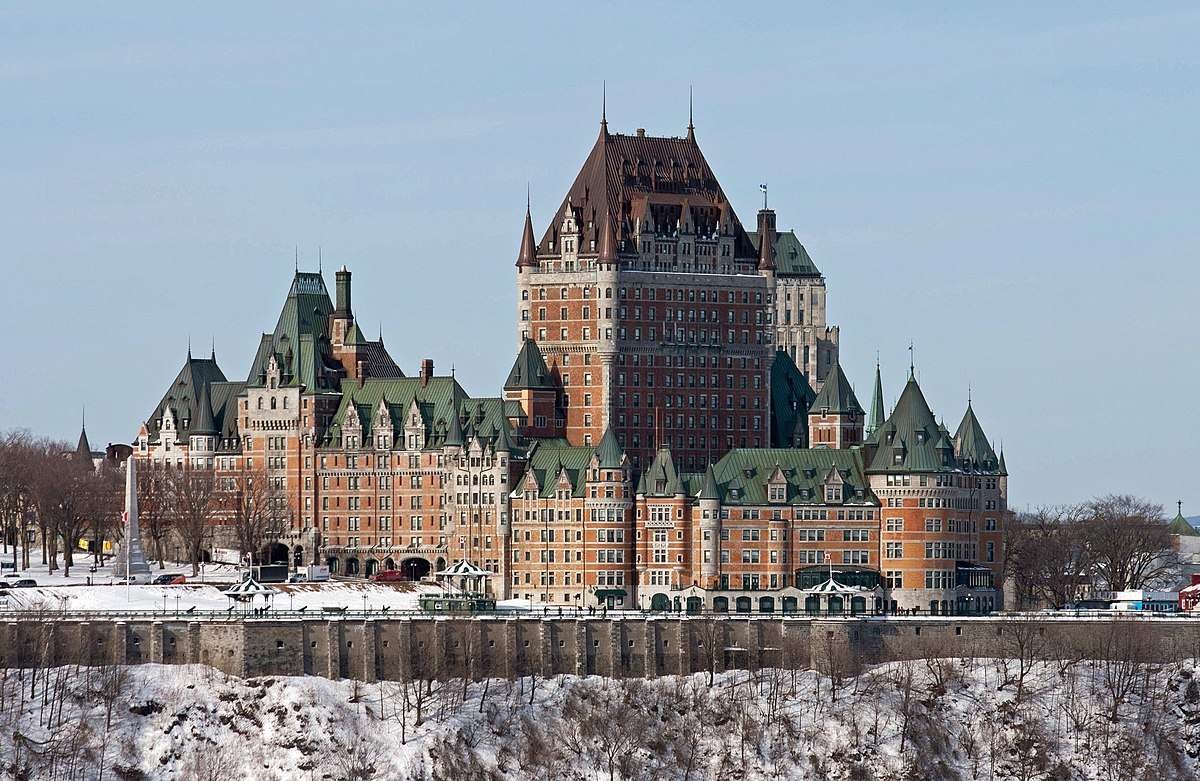
Château Frontenac
🧠 Fact: The most photographed hotel in the world
💡 Tip: Grab a coffee inside even if you’re not staying
Info - Standing majestically above the Saint Lawrence River, the Château Frontenac is perhaps Canada’s most iconic hotel. Built in 1893, this grand Fairmont hotel is the crown jewel of Old Québec’s skyline, offering luxurious accommodations and a storied past that includes hosting dignitaries and royalty. Visitors can tour the hotel or simply admire its elegant turrets from Dufferin Terrace. Whether blanketed in snow or glowing under summer sun, it’s a must-see architectural gem and a symbol of Québec City’s rich heritage.
- 📍 Canada , Québec City
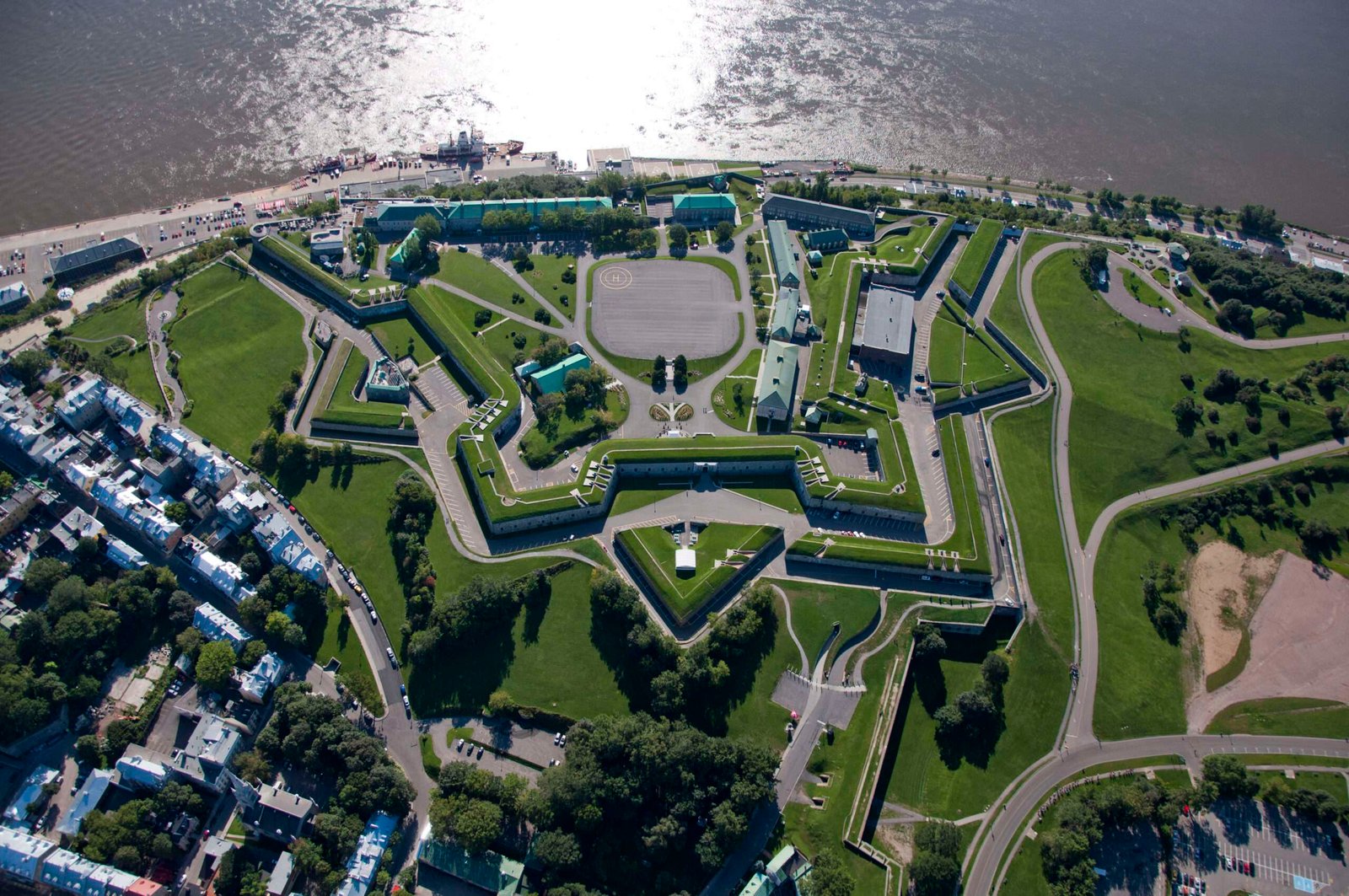
Citadelle of Québec
🧠 Fact: Still used by the Canadian military today.
💡 Tip: Don’t miss the changing of the guard in summer.
Info - The Citadelle is a star-shaped fortress and active military installation perched atop Cap Diamant. It’s home to the Royal 22e Régiment and features a museum exploring Canada’s military history. Visitors can watch the changing of the guard (summer), tour the Governor General’s residence, and enjoy sweeping views of the Saint Lawrence River. The Citadelle is a testament to Québec's strategic importance and a fascinating site for history buffs and architecture enthusiasts alike.
- 📍 Canada , Québec City
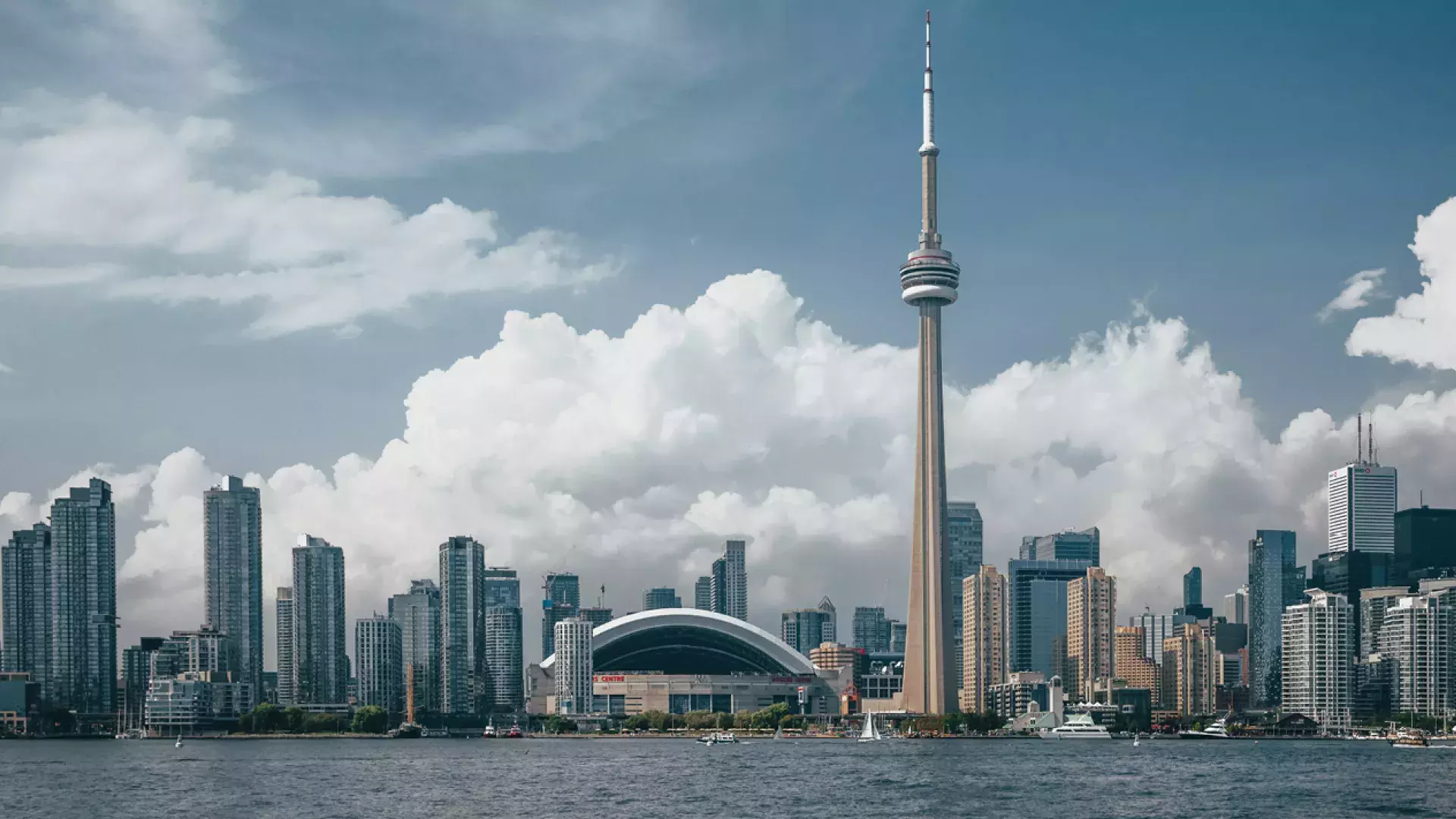
CN Tower
🧠 Fact: One of the tallest freestanding structures in the world.
💡 Tip: Try the EdgeWalk for an adrenaline rush at 356m high.
Info - An iconic feature of Toronto’s skyline, the CN Tower stands at 553 meters and offers unbeatable 360° views of the city and Lake Ontario. Thrill-seekers can brave the EdgeWalk, a hands-free outdoor walk along the tower’s ledge, while others can enjoy the LookOut Level or the famous Glass Floor. The revolving 360 Restaurant adds a dining experience with a view. At night, the tower lights up in vibrant colors, often themed for holidays and special events. It’s a must for first-time visitors wanting to grasp Toronto’s scope from above.
- 📍 Canada , Toronto
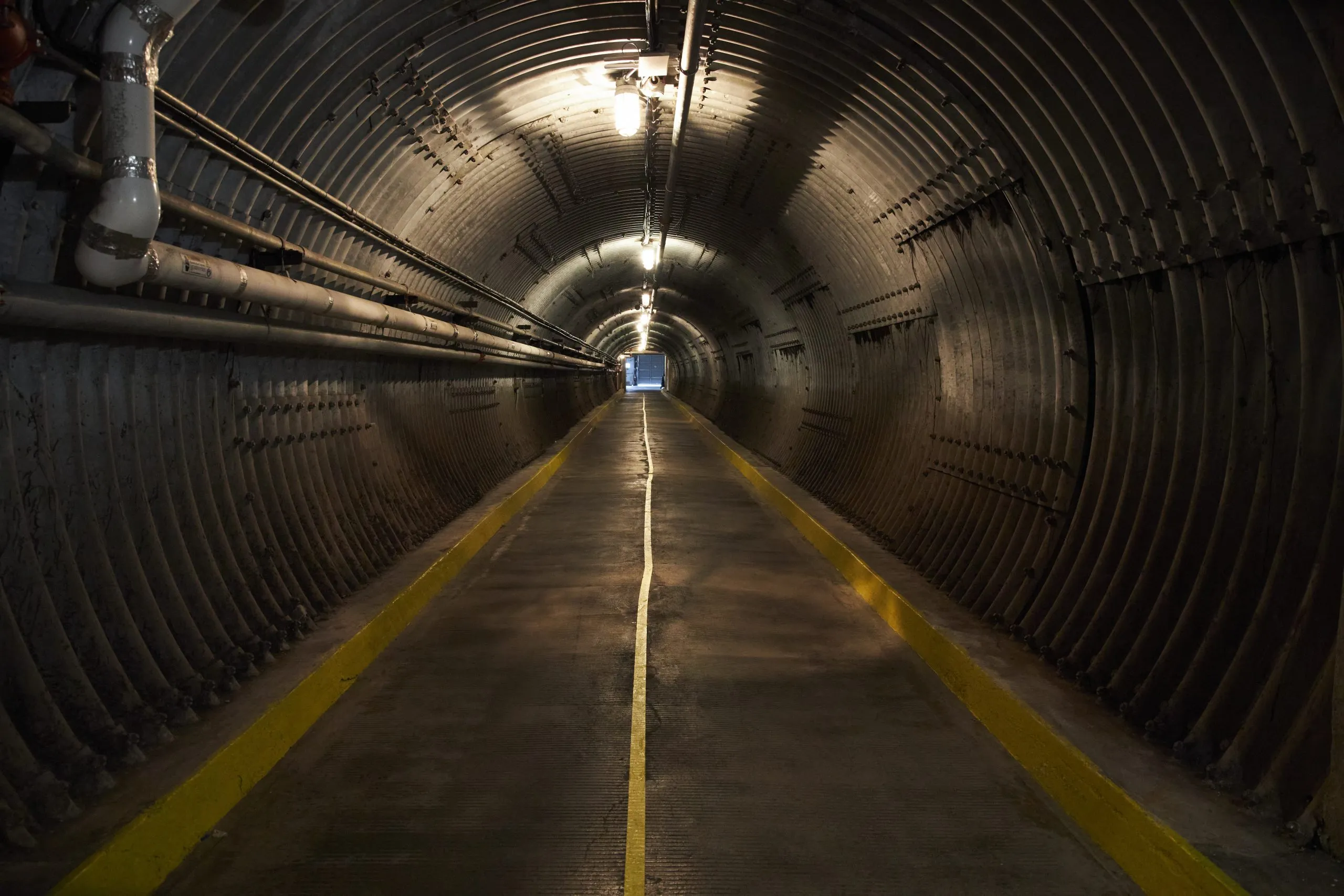
Diefenbunker Museum
🧠 Fact: A Cold War-era underground bunker turned museum.
💡 Tip: : Take a guided tour to learn about its history as a government fallout shelter.
Info - Hidden beneath the surface in Carp, just outside Ottawa, the Diefenbunker Museum is a Cold War-era underground bunker built in the 1960s to house Canadian government officials during a nuclear attack. Now a national historic site, this four-story subterranean fortress invites visitors to step back in time with preserved offices, situation rooms, and emergency broadcast studios. Guided tours reveal the tense atmosphere of the Cold War, complete with vintage technology and fallout survival plans. It’s a fascinating, eerie glimpse into Canada's preparedness during a pivotal period in global history, and one of the country's most unique museums.
- 📍 Canada , Ottawa
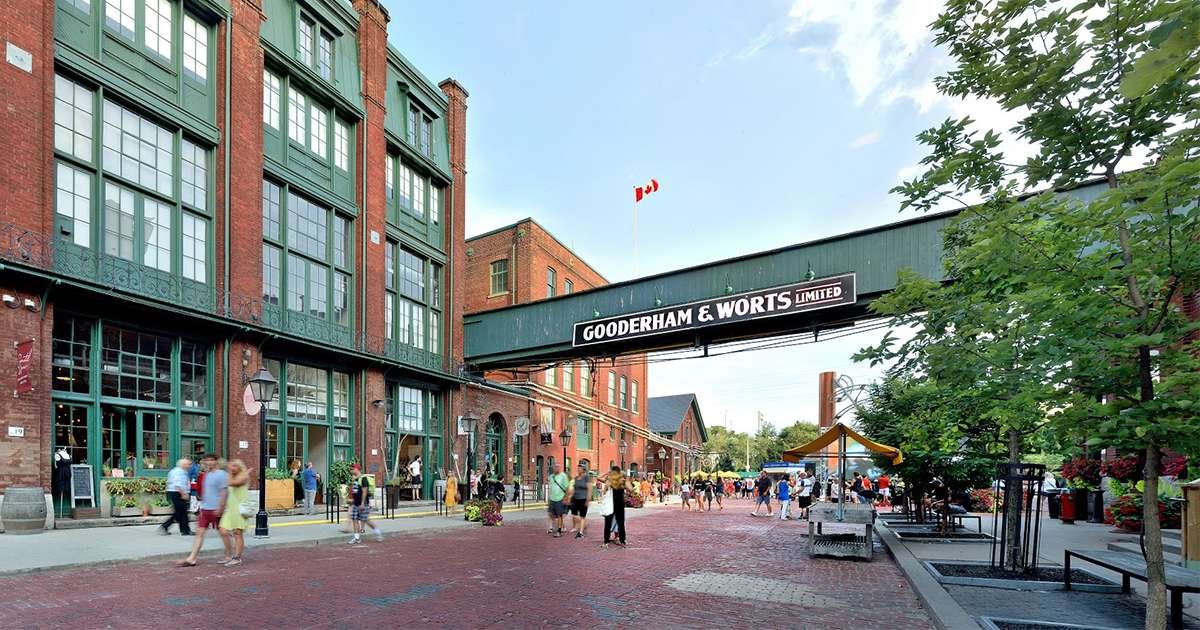
Distillery Historic District
🧠 Fact: : A 19th-century industrial site turned artsy hangout.
💡 Tip: Come during December for the famous Christmas Market.
Info - A beautifully preserved 19th-century industrial complex, the Distillery Historic District blends cobblestone streets with Victorian architecture and trendy modern culture. Once home to the largest distillery in the British Empire, it’s now a hub for indie boutiques, art galleries, cozy cafes, and restaurants. Festivals, outdoor markets, and light installations make it lively year-round. Its atmospheric setting is perfect for leisurely walks, food tastings, and photography. The district’s car-free layout adds to its charm, especially during the magical annual Christmas Market.
- 📍 Canada , Toronto
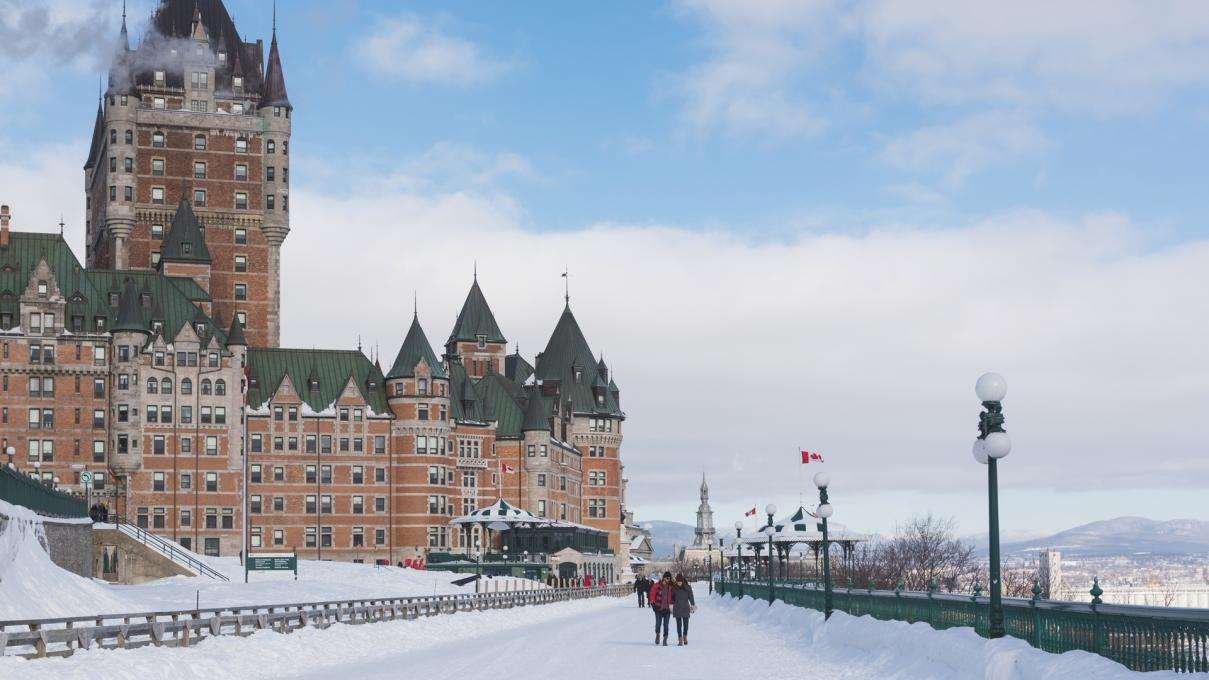
Dufferin Terrace
🧠 Fact: Offers the best view of Château Frontenac and the river
💡 Tip: Try the winter toboggan run if visiting in snow season.
Info - Stretching along the edge of Old Québec, Dufferin Terrace offers breathtaking views of the Saint Lawrence River and Château Frontenac. This lively boardwalk is popular year-round, with musicians, street performers, and cozy benches perfect for people-watching. In winter, it’s home to the toboggan slide, a beloved seasonal attraction. Beneath the terrace lie remnants of the original Château St. Louis, accessible via guided tours. It’s a scenic promenade with history at every step.
- 📍 Canada , Québec City
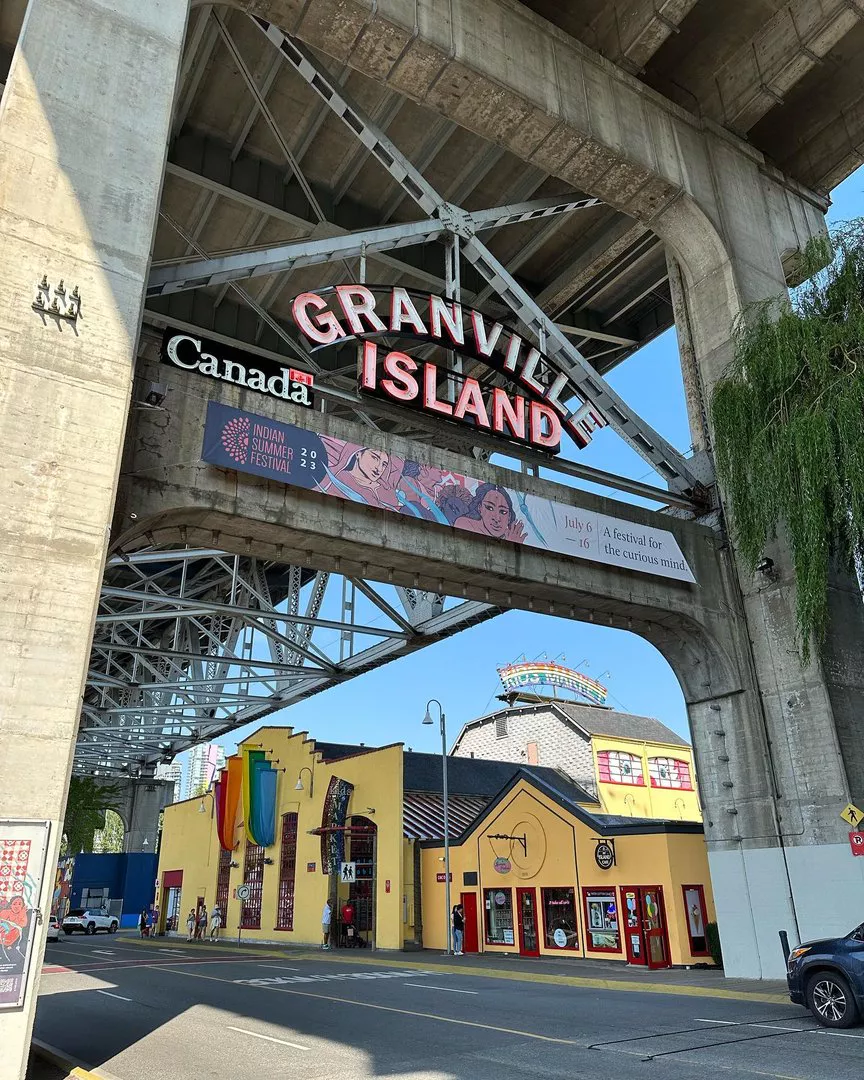
Granville Island
🧠 Fact: A vibrant district with artisan shops, galleries, restaurants, and a public market.
💡 Tip: Visit the public market for local food and unique handmade goods.
Info - A lively cultural district tucked beneath Vancouver’s Granville Street Bridge, Granville Island is one of the city’s most beloved destinations. Known for its bustling public market, it’s packed with artisanal food stalls, fresh produce, handmade crafts, and local artwork. The waterfront setting offers beautiful marina views, and the island’s theaters, galleries, and quirky shops give it a bohemian charm. Street performers, breweries, and waterfront restaurants add to the vibrant, eclectic vibe. Whether you’re sampling fresh seafood, catching a live show, or simply strolling the docks, Granville Island delivers an authentic, creative slice of Vancouver’s spirit.
- 📍 Canada , Vancouver
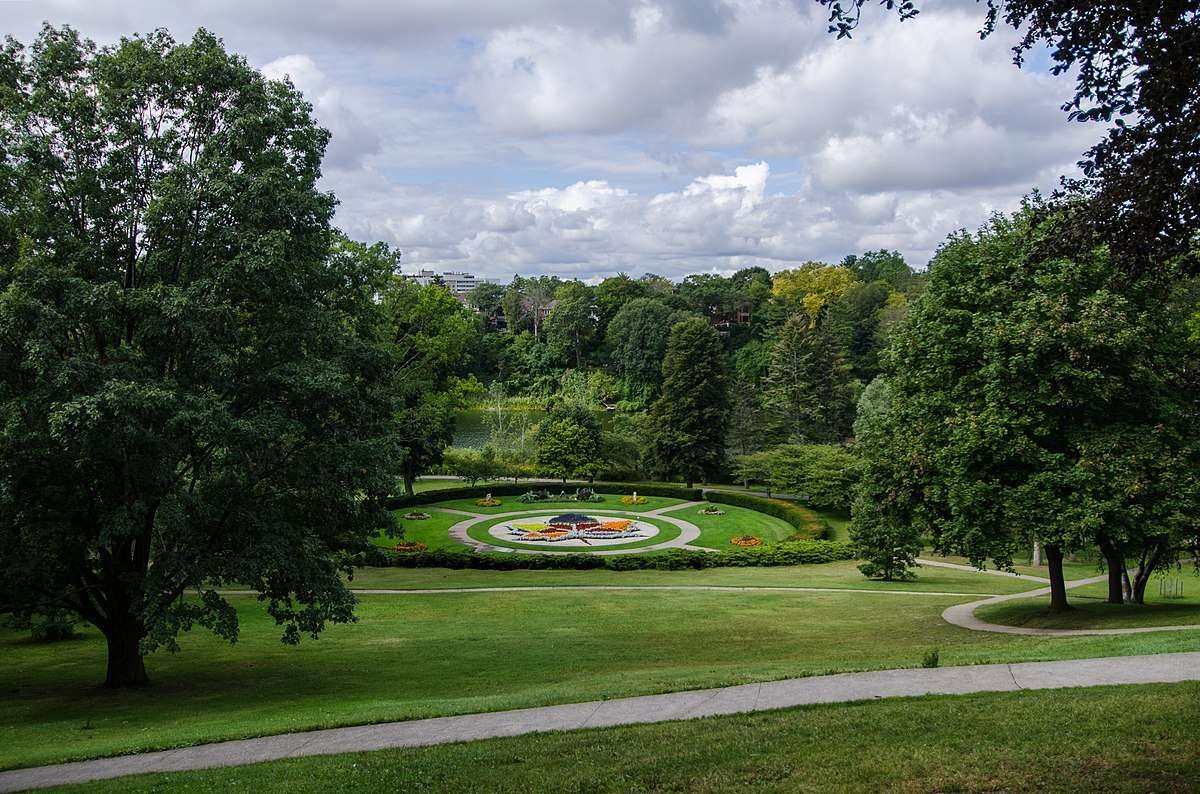
High Park
🧠 Fact: : Toronto’s largest public park with hiking trails, gardens, and a zoo.
💡 Tip: Visit in spring to catch the cherry blossoms.
Info - High Park is Toronto’s largest public park, offering a beautiful mix of natural landscapes and recreational spaces. Famous for its cherry blossoms in spring, the park covers nearly 400 acres and includes walking trails, a zoo, picnic areas, playgrounds, and Grenadier Pond. Visitors love escaping the urban buzz to relax under towering oak trees or paddle in the pond. High Park is also known for Shakespeare in the Park performances during summer. Whether you’re hiking forested trails, enjoying family-friendly activities, or admiring the seasonal blooms, it’s a perfect nature getaway in the heart of Toronto.
- 📍 Canada , Toronto
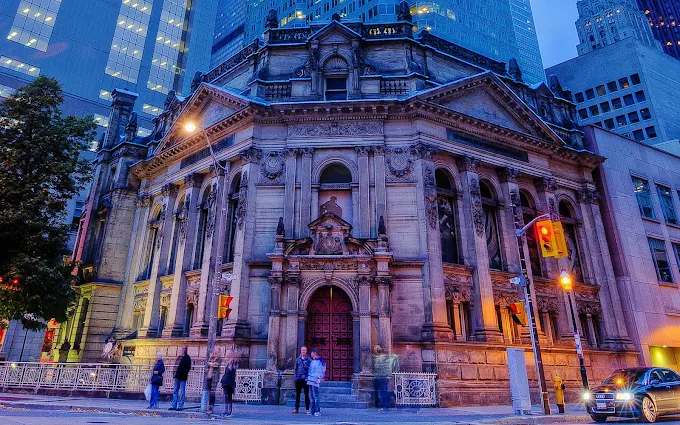
Hockey Hall of Fame
🧠 Fact: : Celebrate Canada’s most beloved sport and see the Stanley Cup
💡 Tip: Great spot for rainy days and sports fans.
Info - The Hockey Hall of Fame is a must-visit shrine for fans of the sport, celebrating Canada’s beloved national game. Located in downtown Toronto, this museum honors hockey legends and showcases an extensive collection of memorabilia, jerseys, and iconic trophies — including the legendary Stanley Cup. Interactive exhibits let visitors test their goalie skills or call play-by-play in a virtual broadcast booth. The stunning, cathedral-like Great Hall features portraits of inducted players. Whether you’re a casual spectator or die-hard fan, the Hockey Hall of Fame delivers a unique, immersive experience into hockey history and culture.
- 📍 Canada , Toronto
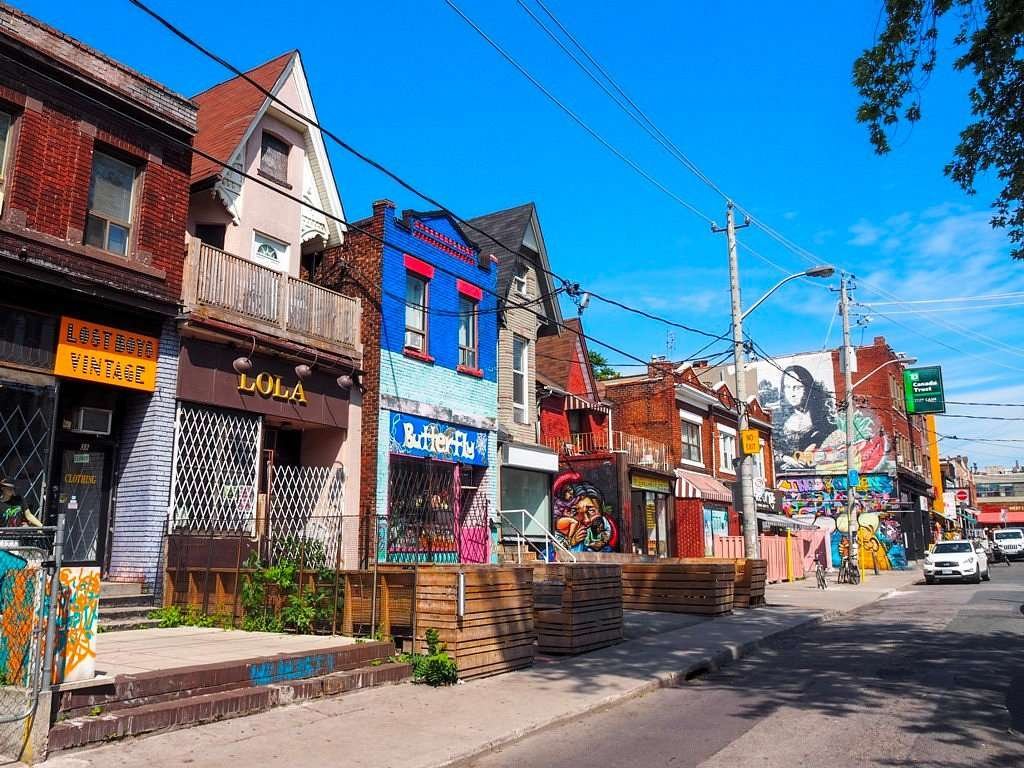
Kensington Market
🧠 Fact: One of Toronto’s most diverse and vibrant neighborhoods.
💡 Tip: Best explored on foot—expect cool street art and eats.
Info - One of Toronto’s most vibrant, multicultural neighborhoods, Kensington Market is a bohemian mix of vintage shops, indie cafes, global eateries, and street art. Its narrow streets burst with personality, offering everything from tacos to Caribbean patties, handmade jewelry, and funky vintage finds. The market’s car-free Sundays and lively pedestrian scene make it a favorite for both locals and tourists. It’s especially lively in summer, with patios, murals, and live music creating a festival-like vibe. A must for foodies, creatives, and anyone craving local flavor.
- 📍 Canada , Toronto
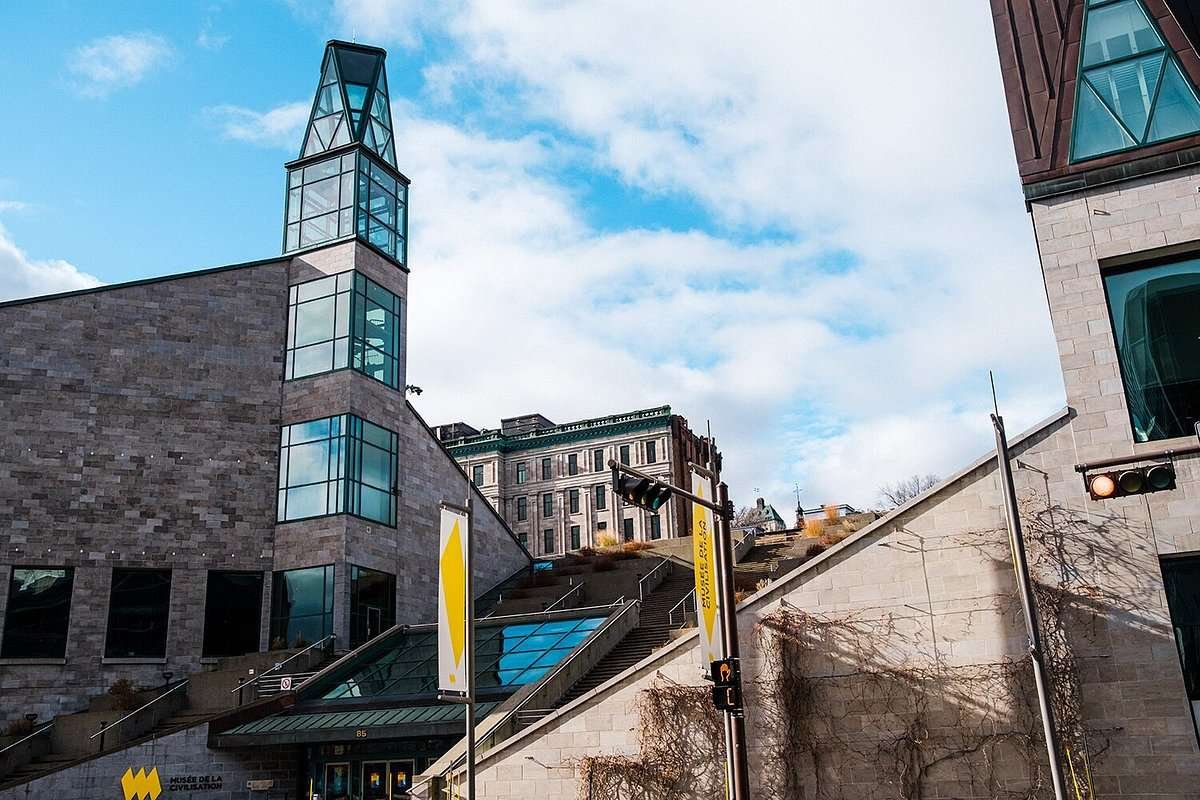
Musée de la civilisation
🧠 Fact: Features rotating exhibits on Indigenous cultures and Québec history.
💡 Tip: Great for families and rainy-day visits.
Info - One of Québec’s top cultural attractions, the Musée de la civilisation offers immersive, thought-provoking exhibitions that explore the human experience. Located in Old Québec near the waterfront, this museum covers everything from Indigenous cultures and Québec’s colonial history to contemporary art and global issues. Its innovative displays and interactive exhibits appeal to all ages, making it ideal for families and curious travelers. Temporary exhibitions ensure there's always something new to discover, while its permanent collections tell the rich and layered story of Québec and the wider world. A must-visit for culture lovers and history buffs alike.
- 📍 Canada , Québec City
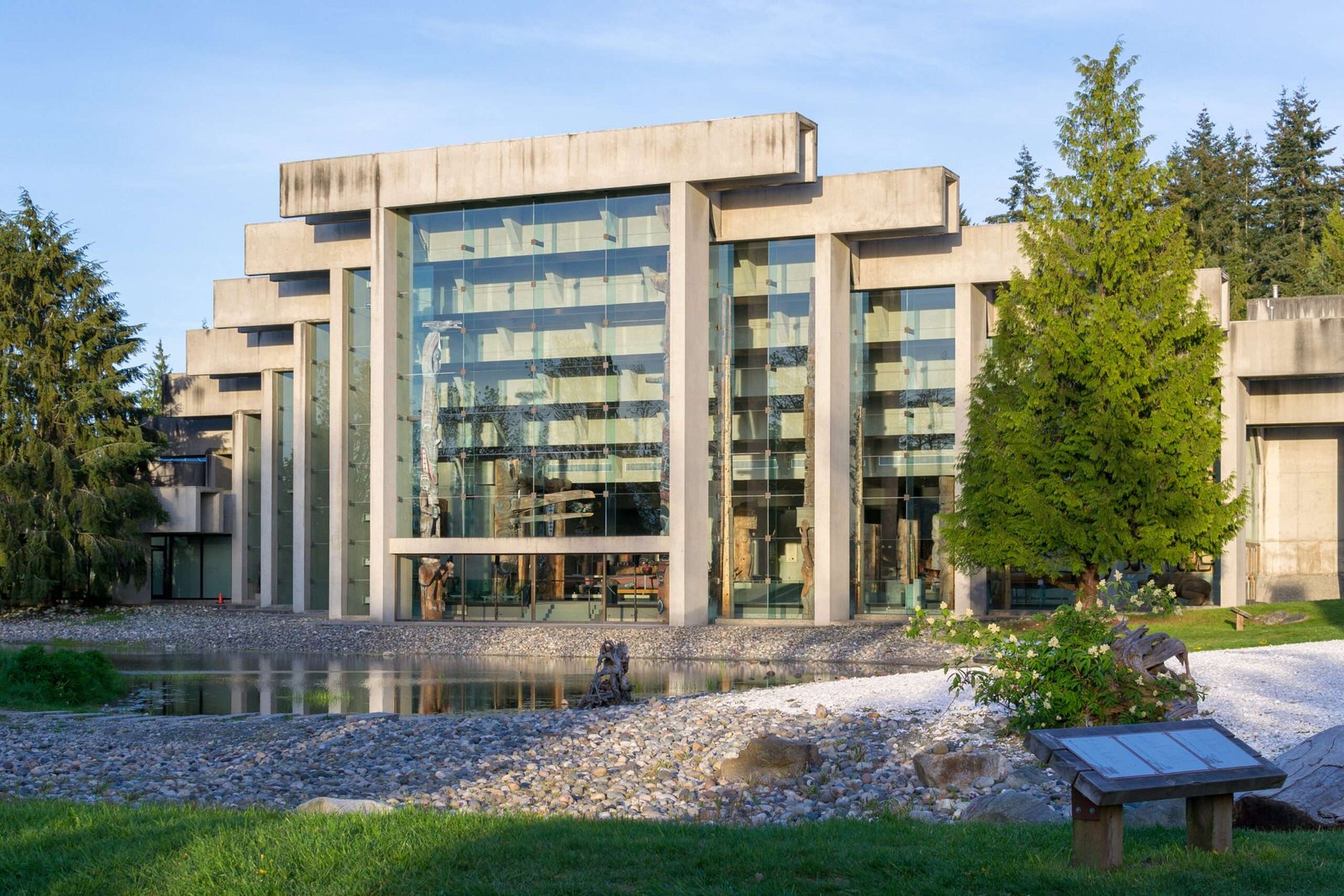
Museum of Anthropology
🧠 Fact: A museum showcasing Indigenous art, culture, and history
💡 Tip: : Explore the outdoor First Nations art collection, including totem poles and carvings.
Info - Set on the University of British Columbia campus, the Museum of Anthropology (MOA) is an architectural and cultural masterpiece. Famed for its striking modernist design by Arthur Erickson, the museum houses one of the world’s finest collections of Northwest Coast First Nations art. Massive totem poles, traditional masks, and ceremonial objects fill its iconic Great Hall. MOA also features global ethnographic and archaeological collections, highlighting indigenous cultures from around the world. Nestled amid forest and ocean views, it’s not just a museum — it’s a powerful, moving encounter with history, identity, and artistic expression.
- 📍 Canada , Vancouver
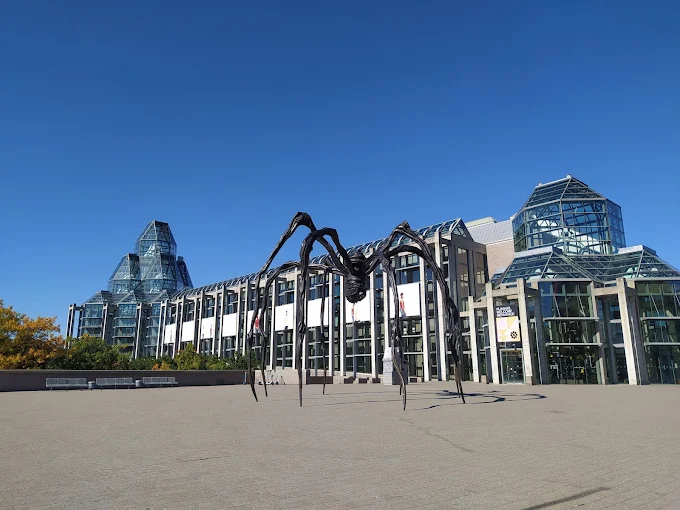
National Gallery of Canada
🧠 Fact: Home to the largest collection of Canadian art in the world.
💡 Tip: Visit the Great Hall for a glimpse of the famous Spider sculpture
Info - The National Gallery of Canada is one of the country’s premier art museums, renowned for its striking glass-and-granite architecture and outstanding art collection. Located in Ottawa, it showcases Canadian, Indigenous, and international masterpieces, including works by the Group of Seven and iconic pieces like the towering "Maman" spider sculpture outside. Visitors are captivated by its modern galleries, serene courtyards, and impressive exhibits ranging from historical to contemporary art. The gallery’s scenic location near Parliament Hill and the Ottawa River makes it a must-visit for art enthusiasts and those seeking a cultural experience in Canada’s capital.
- 📍 Canada , Ottawa
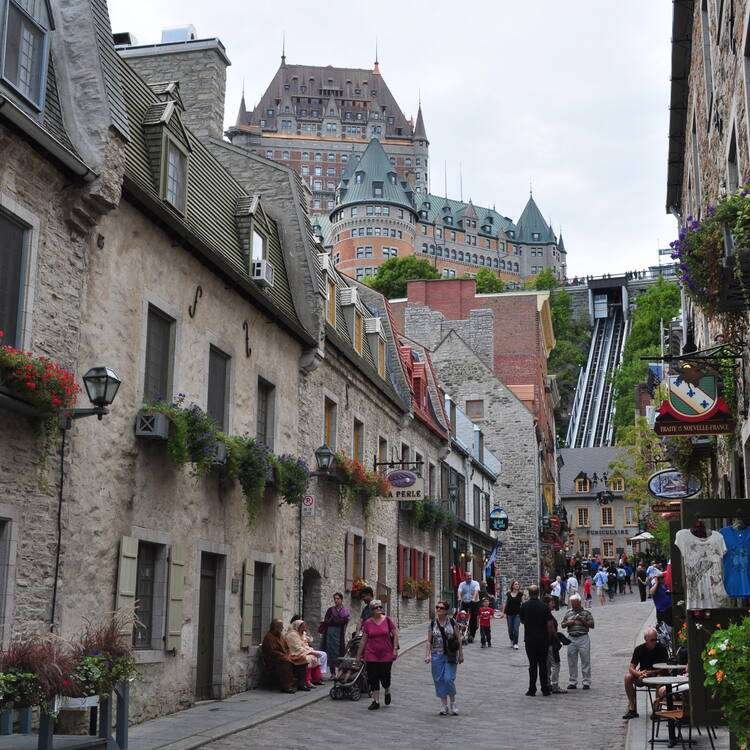
Old Québec (Vieux-Québec)
🧠 Fact: A UNESCO World Heritage Site with 400-year-old architecture
💡 Tip: Wear comfy shoes – the cobblestone streets are steep
Info - A UNESCO World Heritage site, Old Québec is a slice of European charm in Canada. Encircled by fortified walls, its cobbled streets wind past centuries-old stone buildings, charming cafés, and artisan boutiques. Highlights include the imposing Château Frontenac, Dufferin Terrace, and Place Royale. In winter, the city transforms into a snowy wonderland for Québec Winter Carnival, while summer brings bustling patios and street performers. Its rich history, preserved architecture, and lively culture make Old Québec one of Canada’s most captivating city districts.
- 📍 Canada , Québec City
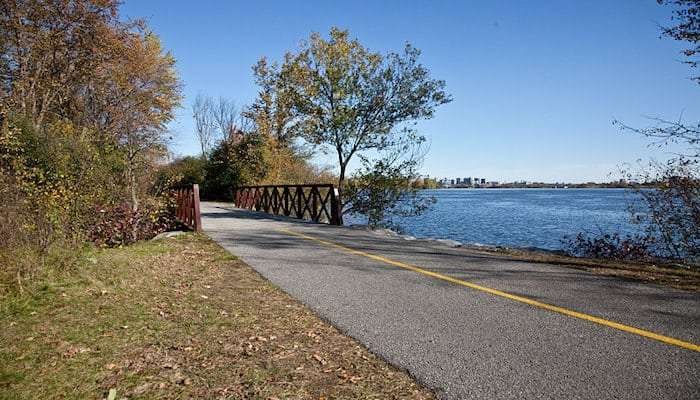
Ottawa River Pathway
🧠 Fact: A scenic multi-use trail stretching along the Ottawa River.
💡 Tip: Perfect for cycling, walking, or jogging while enjoying views of the city.
Info - The Ottawa River Pathway is one of the city’s most scenic recreational trails, stretching along the river’s edge with stunning views of Parliament Hill, museums, and lush green spaces. Ideal for cycling, walking, or jogging, the pathway connects several parks and landmarks, including the Canadian War Museum and Victoria Island. It’s a favorite spot for locals and visitors to unwind, enjoy waterfront picnics, or catch vibrant sunsets over the water. With its well-maintained routes and peaceful ambiance, the Ottawa River Pathway provides a refreshing escape and a perfect way to explore Ottawa’s natural beauty.
- 📍 Canada , Ottawa
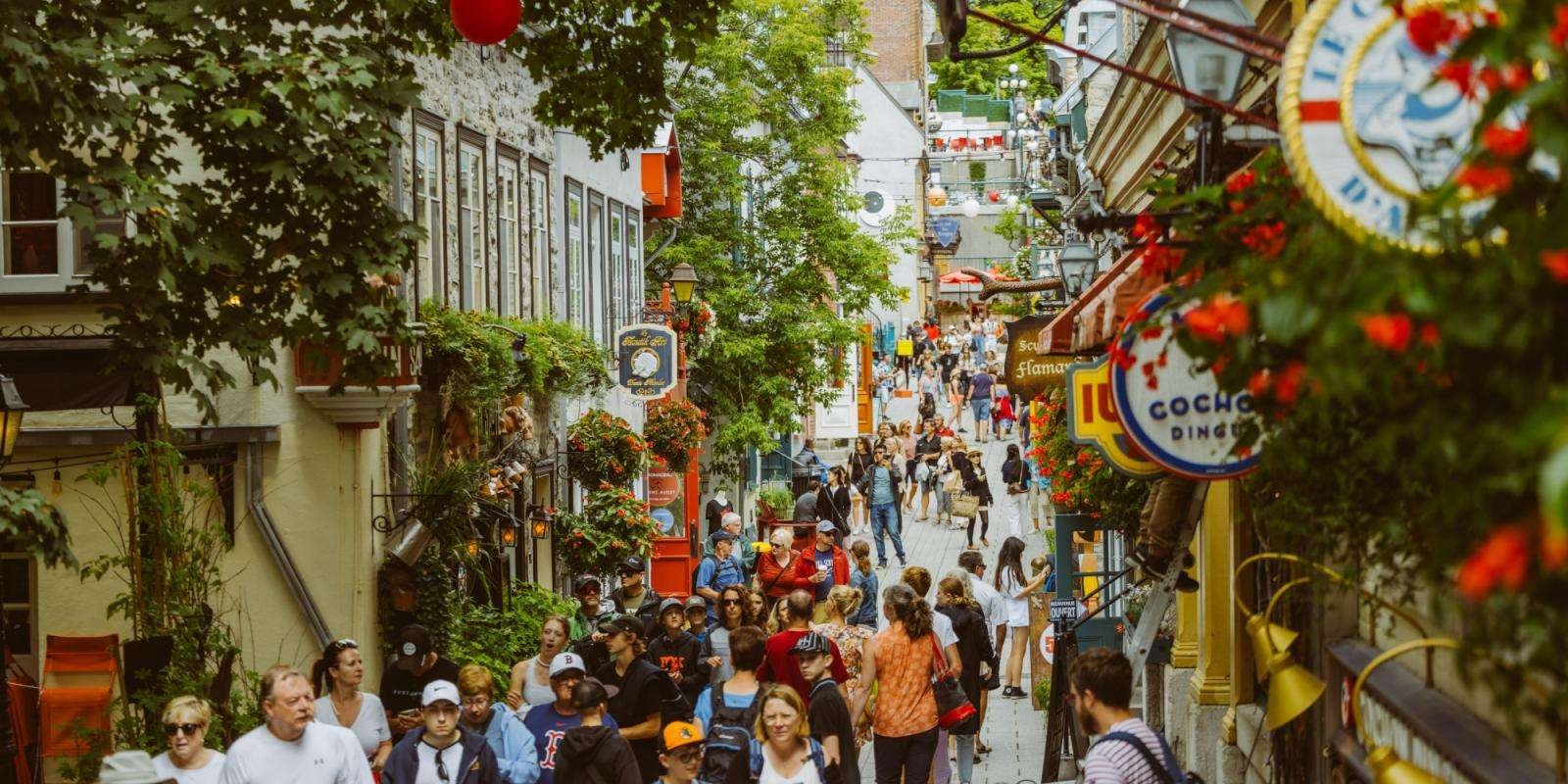
Petit-Champlain District
🧠 Fact: One of North America’s oldest shopping streets
💡 Tip: Visit during Christmas for magical decorations.
Info - The Petit-Champlain District is one of North America’s oldest shopping streets, brimming with charm and history. This cobblestone pedestrian zone is lined with colorful boutiques, art galleries, and cozy bistros housed in restored 17th-century buildings. During winter, it becomes a fairy-tale setting with festive lights and snow-dusted roofs, while summer brings lively street performances. Whether you're shopping for local crafts or enjoying a café au lait, this district perfectly captures the old-world essence of Québec City.
- 📍 Canada , Québec City
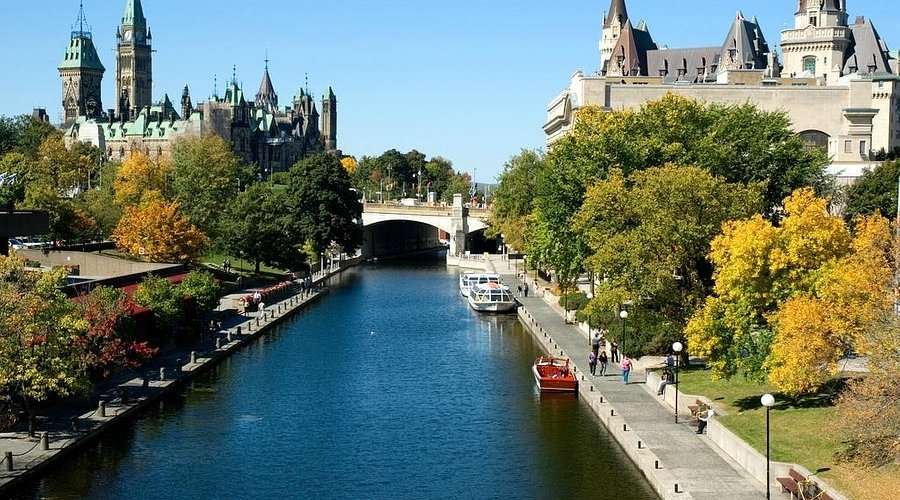
Rideau Canal
🧠 Fact: A UNESCO World Heritage site and the world's longest skating rink in winter.
💡 Tip: Rent a boat or kayak in summer to cruise along the canal
Info -The Rideau Canal is one of Ottawa’s most iconic landmarks and a UNESCO World Heritage Site. Stretching 202 kilometers from Ottawa to Kingston, it’s famous for transforming into the world’s largest natural skating rink in winter, attracting thousands of skaters. In warmer months, the canal’s tranquil waters welcome kayakers, boaters, and cyclists along its scenic pathways. Historic stone buildings, parks, and Parliament Hill line its banks, offering picture-perfect views year-round. Whether gliding across its frozen surface in winter or strolling alongside its charming waterfront in summer, the Rideau Canal is a quintessential Canadian experience in the nation’s capital.
- 📍 Canada , Ottawa
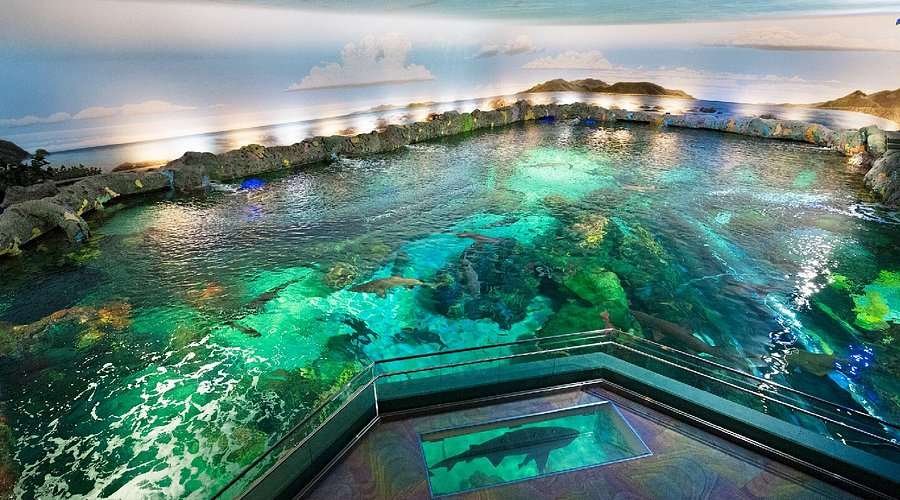
Ripley’s Aquarium
🧠 Fact: Home to over 20,000 marine animals.
💡 Tip: Visit after 5 PM for fewer crowds.
Info - Located at the base of the CN Tower, Ripley’s Aquarium of Canada is a family favorite, home to over 20,000 marine creatures. Its standout feature, the Dangerous Lagoon, lets visitors glide through a glass tunnel surrounded by sharks, rays, and sea turtles. Interactive touch tanks and daily dive shows enhance the experience. Exhibits range from Canadian waters to tropical reefs, offering close encounters with jellyfish, stingrays, and exotic fish. It’s an entertaining, educational stop perfect for all ages, rain or shine.
- 📍 Canada , Toronto
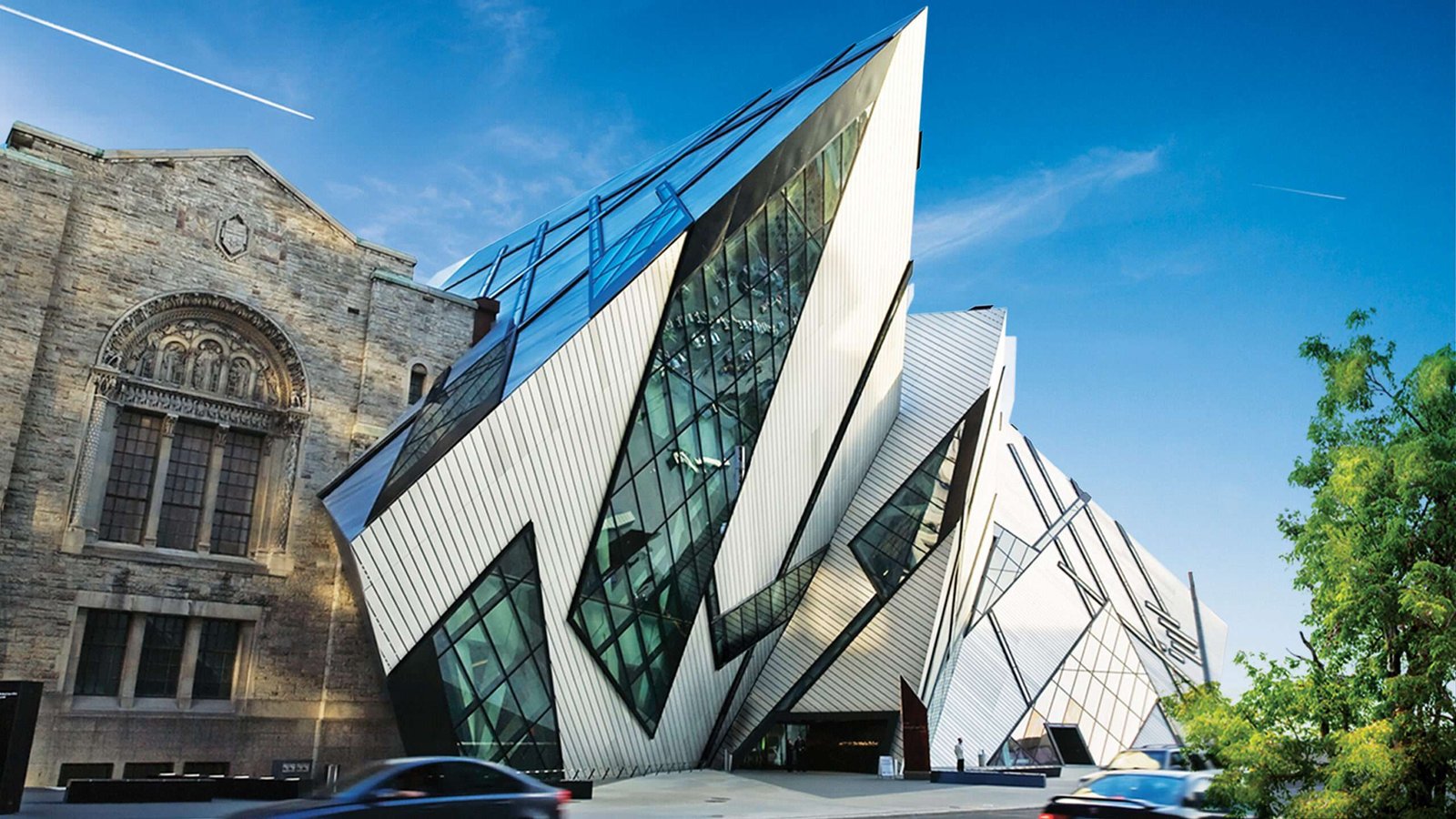
Royal Ontario Museum (ROM)
🧠 Fact: Canada’s largest museum of world cultures and natural history.
💡 Tip: Visit on Friday nights for discounted admission.
Info - Canada’s largest and one of North America’s finest museums, the Royal Ontario Museum (ROM) blends striking contemporary architecture with grand galleries. Its collection spans natural history, world cultures, and art, featuring dinosaur skeletons, ancient artifacts, and interactive exhibits. Highlights include the Egyptian mummies and the Gallery of Chinese Architecture. The Michael Lee-Chin Crystal addition gives the building its dramatic, angular look. With rotating exhibitions and kid-friendly spaces, the ROM appeals to all ages and interests — an essential stop for culture seekers.
- 📍 Canada , Toronto
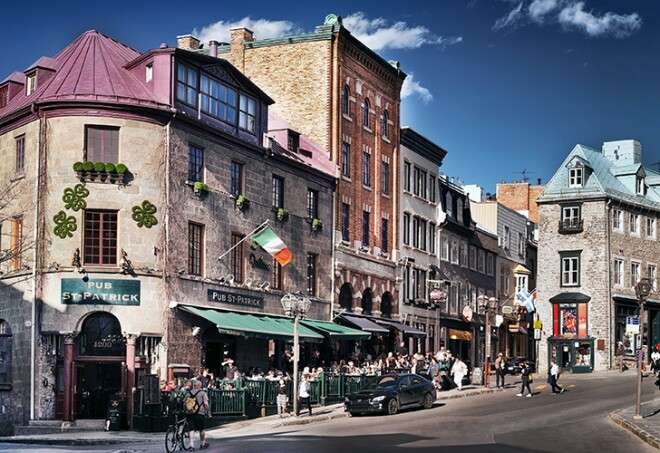
Rue Saint-Jean
🧠 Fact: A lively street full of shops, bars, and restaurants.
💡 Tip: Try local poutine or a maple dessert while walking.
Info - Rue Saint-Jean is one of Old Québec’s liveliest and most atmospheric streets, blending history with modern vibrance. This bustling thoroughfare stretches from the city’s ancient gates into the heart of the old town, lined with lively pubs, artisan bakeries, charming boutiques, and street performers. The architecture reflects centuries of French and British influence, making it a beautiful spot for a leisurely stroll. In summer, café terraces spill onto the sidewalks, while winter brings festive lights and cozy indoor escapes. It's perfect for picking up local treats like maple candies and soaking up Québec City’s spirited vibe.
- 📍 Canada , Québec City
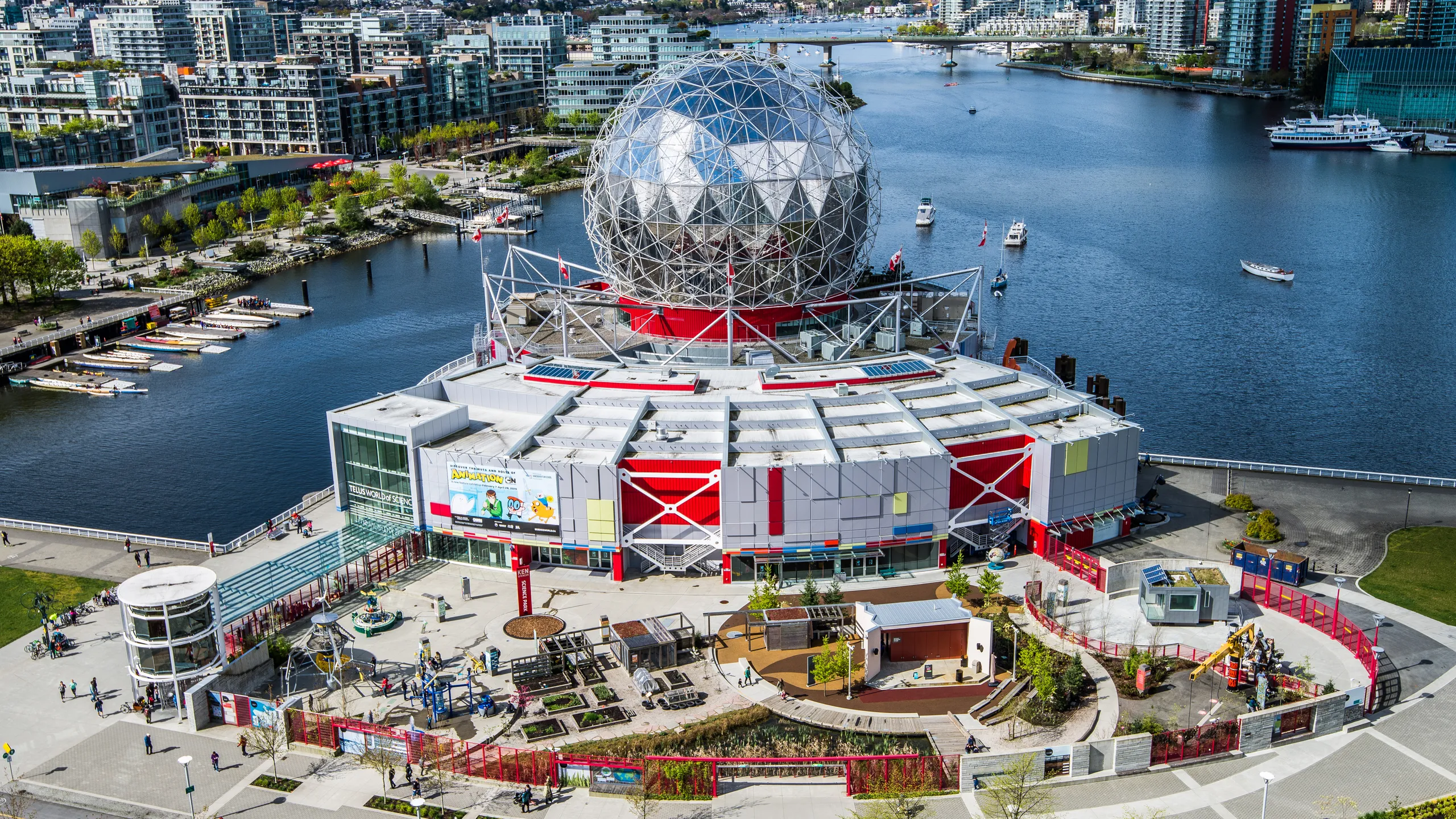
Science World
🧠 Fact: A family-friendly science museum with interactive exhibits and an OMNIMAX theatre.
💡 Tip: Check out the live science shows and the outdoor water park in the summer.
Info - A futuristic silver dome on Vancouver’s False Creek waterfront, Science World is a hands-on science center packed with interactive exhibits, immersive displays, and educational programs for all ages. Inside, visitors can explore themes ranging from biology and physics to space and environmental science. Its OMNIMAX Theatre, featuring a giant domed screen, offers visually stunning documentary films. Originally built as the Expo 86 signature pavilion, Science World remains a family-friendly favorite, combining entertainment with education. Its iconic architecture and waterfront location make it one of Vancouver’s most recognizable landmarks.
- 📍 Canada , Vancouver
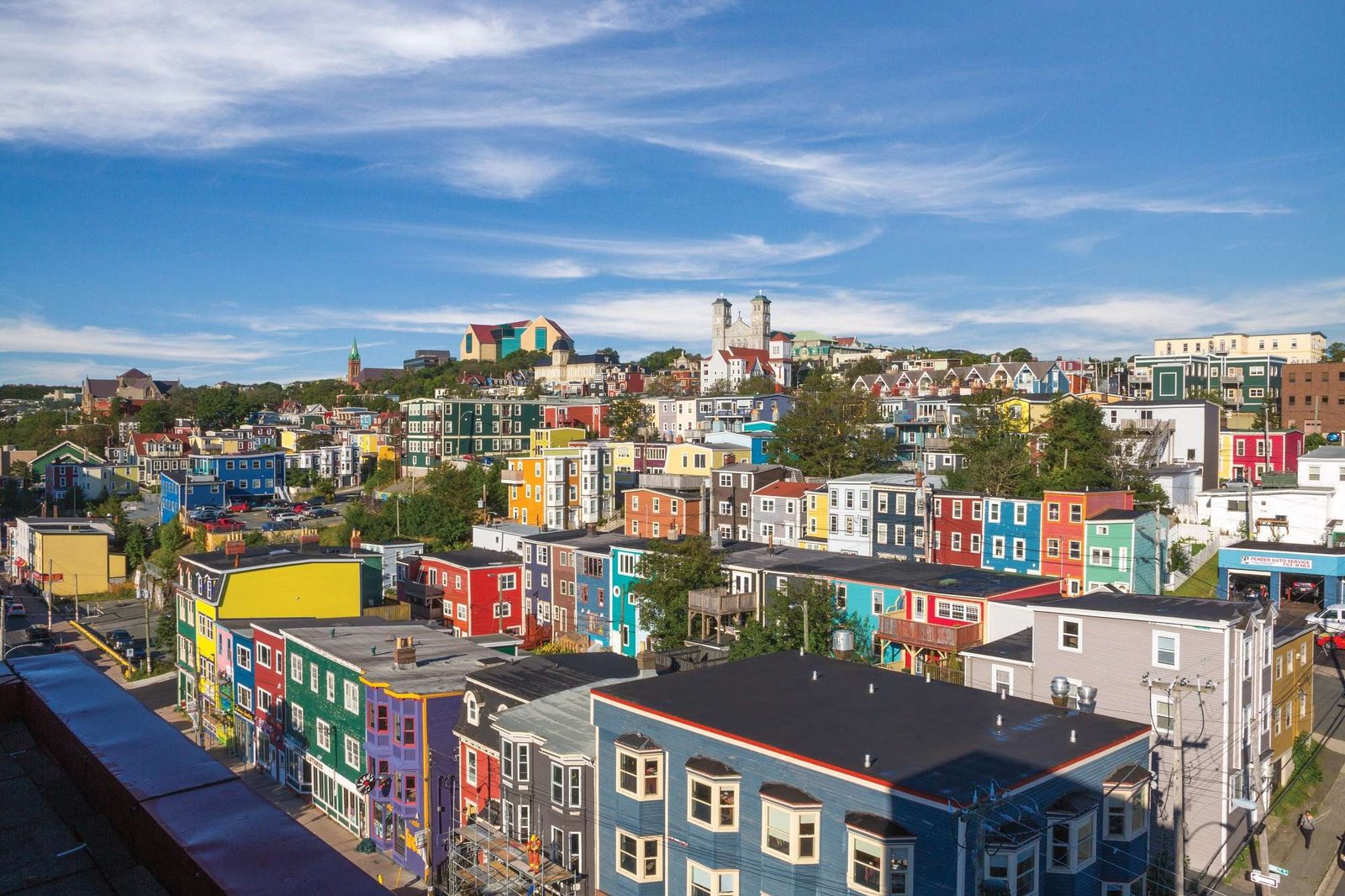
St. John’s
🧠 Fact: : It’s the oldest city in North America, with colourful row houses and rich maritime history.
💡 Tip: Hike to Signal Hill for panoramic city and ocean views.
Info - The colorful capital of Newfoundland and Labrador, St. John’s is one of North America’s oldest cities. Its signature jellybean-colored row houses dot the steep hills surrounding its natural harbor. Highlights include Signal Hill, the site of the first transatlantic wireless signal, and Cape Spear, the continent’s easternmost point. St. John’s is known for its lively pubs, sea-to-table dining, and friendly locals. The city’s maritime heritage, dramatic coastal scenery, and creative arts scene make it one of Canada’s most unique urban destinations.
- 📍 Canada , St. John's, Newfoundland and Labrador
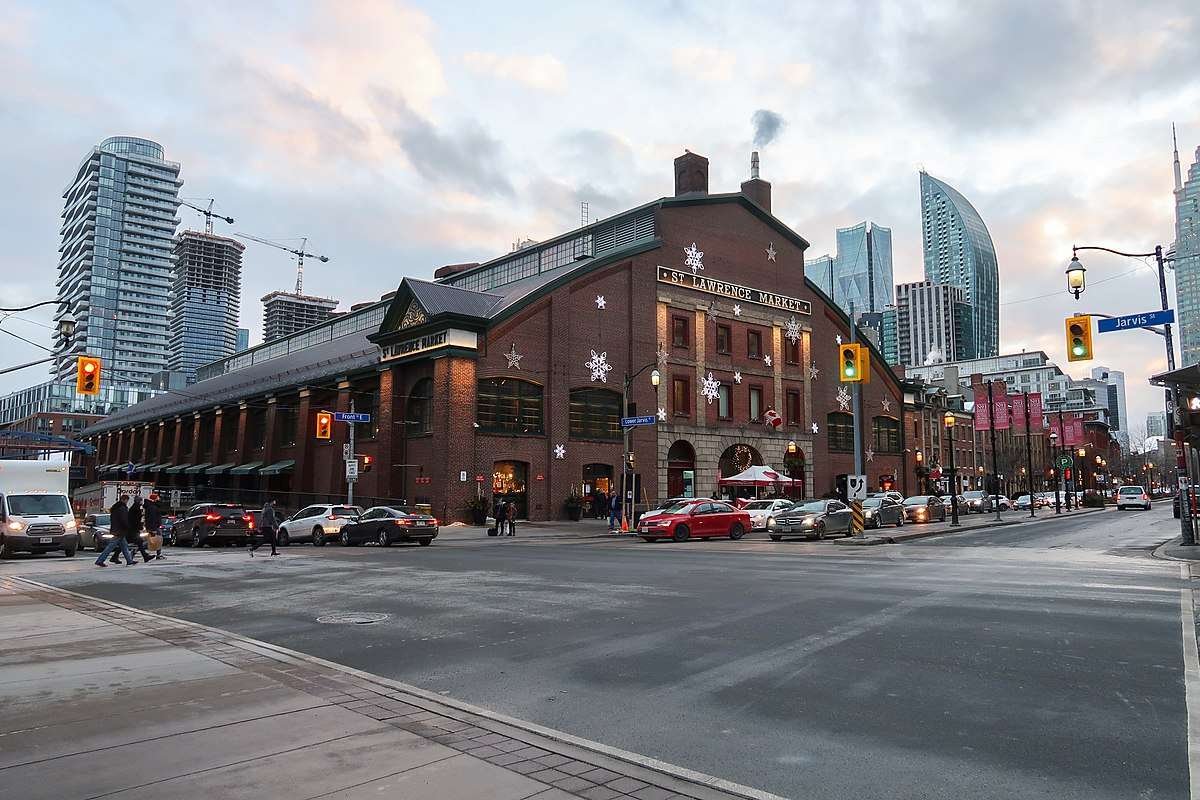
St. Lawrence Market
🧠 Fact: : A 19th-century industrial site turned artsy hangout.
💡 Tip: Come during December for the famous Christmas Market.
Info - St. Lawrence Market has been a bustling culinary landmark in Toronto since the early 1800s. Renowned for its diverse food vendors, artisan shops, and farmers’ stalls, it offers everything from peameal bacon sandwiches to freshly baked goods and global delicacies. Located in Old Town Toronto, the market is split into two buildings: the South Market for specialty foods and restaurants, and the North Market hosting antique markets and farmer’s markets on weekends. Tourists and locals alike flock here to savor authentic flavors, pick up handmade goods, and soak up the market’s historic, lively atmosphere.
- 📍 Canada , Toronto
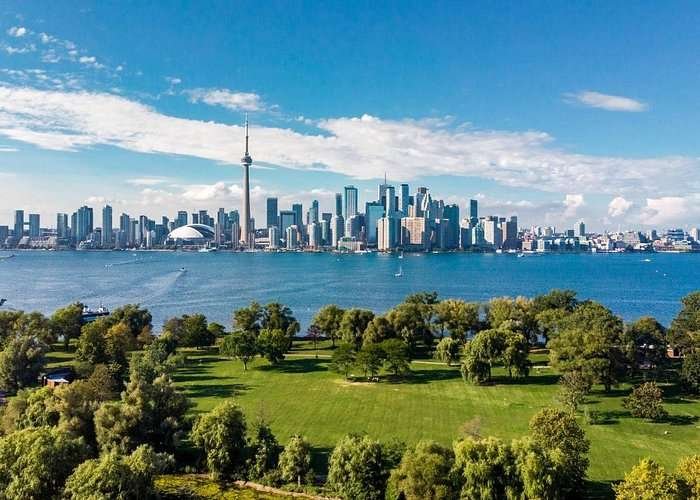
Toronto Islands
🧠 Fact: A peaceful chain of islands just a short ferry ride away.
💡 Tip: Rent a bike and explore all three islands.
Info - A peaceful escape just a 15-minute ferry ride from downtown, the Toronto Islands offer green spaces, beaches, and stunning skyline views. Car-free and serene, the islands are ideal for biking, kayaking, and picnicking. Centre Island, the largest, has an amusement park and lovely gardens, while Ward’s and Hanlan’s Point cater to nature lovers and beachgoers. It’s the perfect summer retreat from the city’s bustle, with pathways connecting the islands for a leisurely afternoon outdoors.
- 📍 Canada , Toronto
